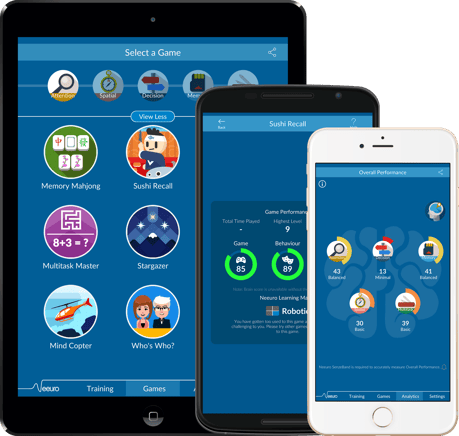Until fairly recently, the terms “innovative start-ups” and “aging services” have not historically been uttered in the same sentence. But that’s changing thanks in part to groups like Aging 2.0. The relatively new  organization has made great strides in bringing innovation to community-based and long-term and post-acute care in the last couple of years by way of matching investors with entrepreneurs in the space. If you need proof, look no further than their recent report on the state of global innovation in aging services.
organization has made great strides in bringing innovation to community-based and long-term and post-acute care in the last couple of years by way of matching investors with entrepreneurs in the space. If you need proof, look no further than their recent report on the state of global innovation in aging services.
The report is a compilation of “innovations and innovators” selected from among its global network of chapters. The report validates that the field does indeed (finally) have a significant number of innovators who are working hard to improve elders’ lives with new and inventive technology, services, and care.
Here are some startups that from the review that caught my eye:
Neeuro: A social enterprise startup from Singapore that uses neurotechnology and gamification to “improve the mental well-being of communities of various age groups” Neeuro’s differentiator is that it combines software with a consumer-friendly wearable that measures the brain’s reaction to games and activities, and then adjusts individual experiences to fit the specific needs of each user. They claim that their technology helps elders maintain neurological health, which thereby prolongs “their ability to interact and engage with others.”
MaturiJobs: From the Netherlands is an online platform that matches seniors with employment and volunteer opportunities The startup claims that it “helps people over 50 find opportunities to generate income and be active—empowering them to maintain a broader set of social roles that can strengthen both their social networks and overall health.”
NeuroTrack: This U.S. company has a web-based test, known as Imprint Check-Up, that people can take on their own computers, using their existing built-in camera or an external webcam. It’s billed as a five-minute assessment that uses eye-tracking technology to detect signs of declining brain health—“even before someone starts to have symptoms.”
Breezie: A “senior-friendly” interface for tablets that can be customized for individual use. According to the website, U.S.-based Breezie creates simplified versions of “everyday services such as email or Skype” so that friends and families don’t have to change “how they keep in touch.” It also has a Caregiver’s Hub that is a portal for managing content and apps on Breezie, which can be accessed from any computer, tablet, or smartphone.
Daughterhood: A U.S. nonprofit organization whose mission is to support and build confidence in women who are managing their parents’ care. Its website, blog, and social media links are designed to connect caregivers to resources and a “wholly unique perspective on our health and elder care systems.” The site also offers a plethora of resources on topics that range from Medicare, end-of-life care, finances, and family dynamics.
Roobrik: Online decision tools to help patients and their families make difficult health and care choices “with clarity and confidence.” The U.S.-based site has assessments that help caregivers identify care needs and options, and support more informed decisions. The site has a step-by-step guide that starts with who the user is trying to help, such as a husband, wife, or father, then takes you through a series of questions and that results in a Care Needs Score. I did it myself using a hypothetical husband in need and it resulted in an “Elevated” score. Along with the score are a list and explanation of potential needs and recommendations for getting assistance or care.
Highlighted in the report is Aging 2.0’s 2016 Global Startup search, which was held across 33 cities in 25 countries. The culmination of this search was the organization’s OPTIMIZE Conference in San Francisco last year (which I reported on it HERE), where winners from around the world were selected by a panel of judges.
In addition to identifying ten trends in global innovation, the report includes an interesting section that examines startups in the context of how they boost social inclusion among elders. The authors classify the companies based on “three primary classifications of social support: type, direction, and source.” These classifications are then broken down further into more detailed categories. For example, the “Type” classification of a startup specifies whether it offers Emotional or Instrumental support to elders.
The report is relatively comprehensive and worth a look, whether you’re working on an innovation yourself, looking for one, or just interested in what’s out there.
If your innovation needs a focused approach, facilitated by experts in the longevity economy, as well as honest feedback, contact Quantum Age today.